Made from BK7 material, which has transparent range from 330-2100nm. The refractive index is 1.5168 at 587.6nm. The BK7 window has good performance over visible and near IR spectrum for most application.
Achromatic Waveplate Achromatic Waveplates(Retarders), AWP is composed of one piece of Crystal Quartz and one piece of Magnesium Fluoride, MgF2.
Barium fluoride (BaF2) shows good optical transmission over UV-IR windows in 0.15μm~12.5μm.
MgF2 windows are used in the UV, visible and IR ranges, with approximately 94% transmission from 200 - 1000 nm, and approximately 95% transmission from 1-6µm
CaF2 has transparent range from 170-7800nm. The refractive index is 1.399 at 5000nm. 1. Low absorption coefficient 2. High damage threshold, 3. Low Dispersion (with an Abbe Number of 95) 4. Low fluorescence 5. Excellent water, chemical, and heat resistance
Positive meniscus lenses is convex-concave lens thicker at the center than at the edges, which frequently used for beam focusing applications.
Negative meniscus lenses is convex-concave lens thinner at the center than edges, which frequently used for beam expanding applications.
product orgin:
Chinashipping port:
Fuzhou Chinapayment:
T/T Payment, Western Union
Positive meniscus lenses and Negative meniscus lenses
Positive meniscus lenses is convex-concave lens thicker at the center than at the edges. They are used to minimize spherical aberration. When used in combination with another lens, it’s will shorten the focal length, and increase the NA of system.
1. Frequently Used for Beam Focusing Applications
2. Minimizes the Increase in Spherical Aberrations for Multi-Element Systems
Negative meniscus lenses is convex-concave lens thinner at the center than edges. They increase the divergence of the beam without introducing any significant spherical aberration. When used in combination with another lens, they will increase the focal length, and decrease the NA of the system.
1. Frequently Used for Beam Expanding Applications
2. Minimizes the Increase in Spherical Aberrations for Multi-Element Systems
Specification:
Material:
Grade A optical glass or Fused Silica
Dimension Tolerance:
±0.1mm(Standard), ±0.05mm(High Precision)
Center Thickness Tolerance:
±0.1mm(Standard), ±0.05mm(High Precision)
Paraxial Focal Length:
±2%
Surface quality:
60/40(Standard), 20/10(High Precision)
Clear Aperture:
>85%
Surface Figure:
λ/2(Standard), λ/4(High Precision) @633nm
Centration:
3 arc minutes
Bevel:
<0.25mm×45°
Coating:
Upon requirement
Note for Spherical Lens:
a. Other optical glass materials from Schott, Ohara, Hoya or Chinese CDGM, UVFS from Heraeus, Corning, Germanium, Silicon, ZnSe, ZnS, CaF2, Sapphire are also available upon request .
b. Custom-made Spherical Lenses at any size from diameter 1.0 to 300mm are available upon request.
One stop service for Vision Optics-Laser Optics-Medical Optics-5G Optical Communication-Military Optics.
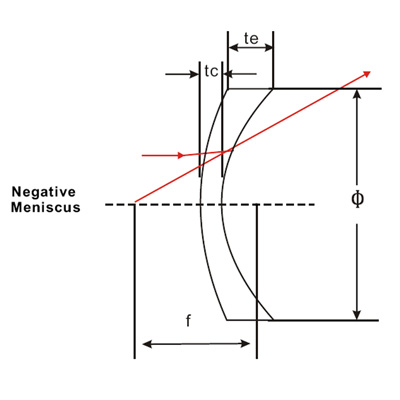
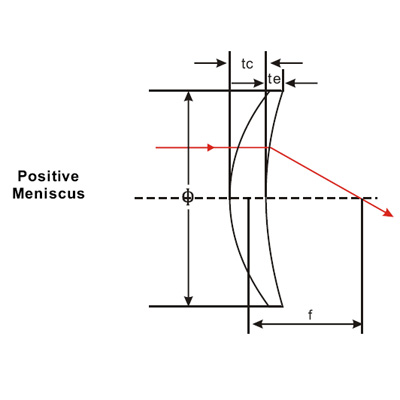
| Typical Sizes | |||||||
| Item No. | Φ(mm) | f(mm) | R1(mm) | R2(mm) | Tc(mm) | Te(mm) | Fb(mm) |
| Material | N-BK7 | ||||||
| MNP201 | 25.4 | 100 | 33.42 | 89.95 | 4 | 2.39 | 96.01 |
| MNP202 | 25.4 | 150 | 42.36 | 89.95 | 4 | 2.95 | 145.2 |
| MNP203 | 25.4 | 200 | 48.75 | 89.95 | 3.5 | 2.72 | 194.51 |
| MNP204 | 25.4 | 250 | 83.95 | 235.5 | 3.5 | 2.88 | 245.97 |
| MNP205 | 25.4 | 300 | 94.19 | 235.5 | 3.5 | 2.98 | 296.27 |
| MNP206 | 25.4 | 400 | 110.92 | 235.5 | 3.5 | 3.11 | 396.06 |
| MNP207 | 25.4 | 500 | 124.17 | 235.5 | 3.5 | 3.19 | 496.16 |
| MNP208 | 25.4 | 1000 | 278.34 | 600 | 3.5 | 3.3 | 993.7 |
| MNN201 | 25.4 | -100 | 89.95 | 32.51 | 3 | 4.68 | -98.79 |
| MNN202 | 25.4 | -150 | 89.95 | 41.21 | 3 | 4.11 | -148.06 |
| MNN203 | 25.4 | -200 | 89.95 | 47.64 | 3 | 3.82 | -197.82 |
| MNN204 | 25.4 | -250 | 235.5 | 83.18 | 3.5 | 4.13 | -248.62 |
| MNN205 | 25.4 | -300 | 235.5 | 93.33 | 3.5 | 4.03 | -299.04 |
| MNN206 | 25.4 | -400 | 235.5 | 109.65 | 3.5 | 3.9 | -397.33 |
| MNN207 | 25.4 | -500 | 235.5 | 122.74 | 3.5 | 3.82 | -496.94 |
| MNN208 | 25.4 | -1000 | 600 | 277.16 | 3 | 3.1 | -995.3 |
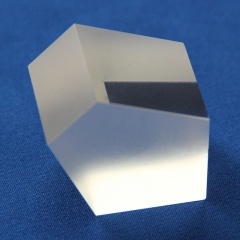 High Precision Optical Glass Penta Prisms
High Precision Optical Glass Penta Prisms
Penta prisms are five-sided prisms featuring a ray deviation of 90° and a right handed image 90° Deviation of Beam or Image Right Handed Image Coating are avaliable
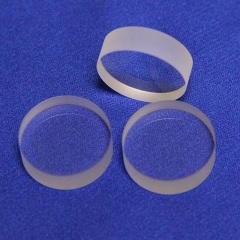 The Most Hard Material Windows Sapphire Windows
The Most Hard Material Windows Sapphire Windows
Sapphire Windows Transmission in 0.3-5.0μm, no absorption in 2-3μm Extremely hard and durable High thermal conductivity High bulk damage threshold
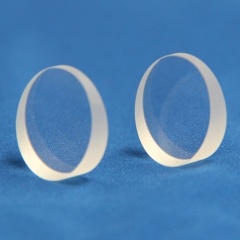 N-BK7 and Fused Silica Wedge Prisms and Wedge Windows
N-BK7 and Fused Silica Wedge Prisms and Wedge Windows
Wedge Prisms (Wedge Windows) are ideal for laser beam steering applications. Also known as Risley prisms, these optics deflect a beam normal to the prism's perpendicular surface through an angular deviation.
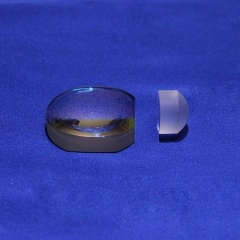 Optical Glass Plano-Convex Lenses
Optical Glass Plano-Convex Lenses
Plano-Convex Lenses is best used where one conjugate point (object distance S or image distance S' ) is more than five times the other. This lens shape is near best-form for either focusing collimated light or for collimating a point source.
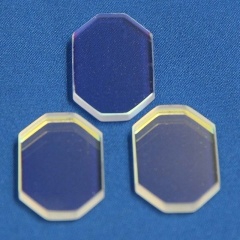 High Reflective Broadband Dielectric Mirrors
High Reflective Broadband Dielectric Mirrors
Dielectric Mirrors offer near total reflection, minimizing losses in nearly all optical systems. AOI=45°, R>99.5% (Rs>99.9%, Rp>99.2%). AOI=0°, R>99.8%
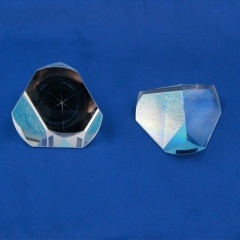 High Accuracy Corner Cube Prism
High Accuracy Corner Cube Prism
Retroreflectors (Corner Cube Prisms) reflect an image or beam back toward its original direction via three total internal reflections (TIR) 180° Reflection Inverts Image 3 arcsec Beam Deviation
copyright © 2025 WTS PHOTONICS CO., LTD.all rights reserved. powered by dyyseo.com .
wts photonics